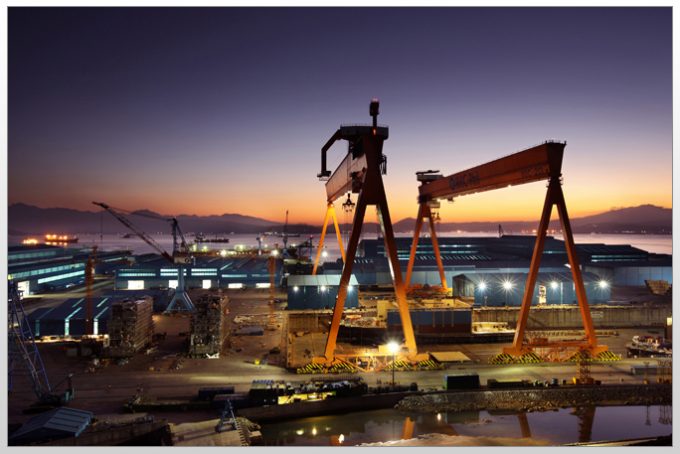Insight into Intra-Americas: South America-North America
Airfreight volume from Central and South America to North America has declined in low single ...

Container shipping demand growth is expected to be lower this year than last.
But, in its latest overview of the sector, shipping association BIMCO still expected it to be “high enough to potentially improve the fundamental market balance”.
BIMCO forecasts demand growth in 2018 of 4% to 4.5%, ...

Comment on this article